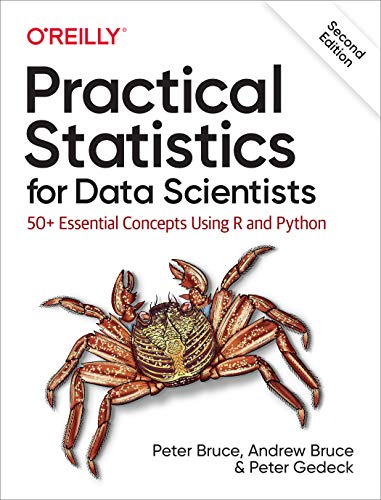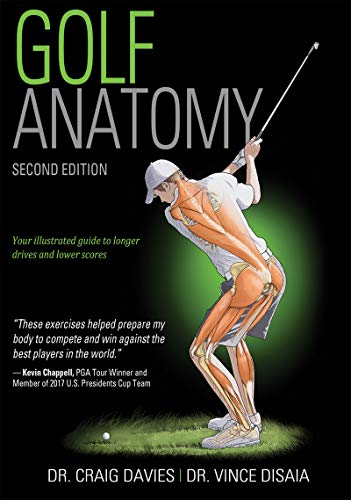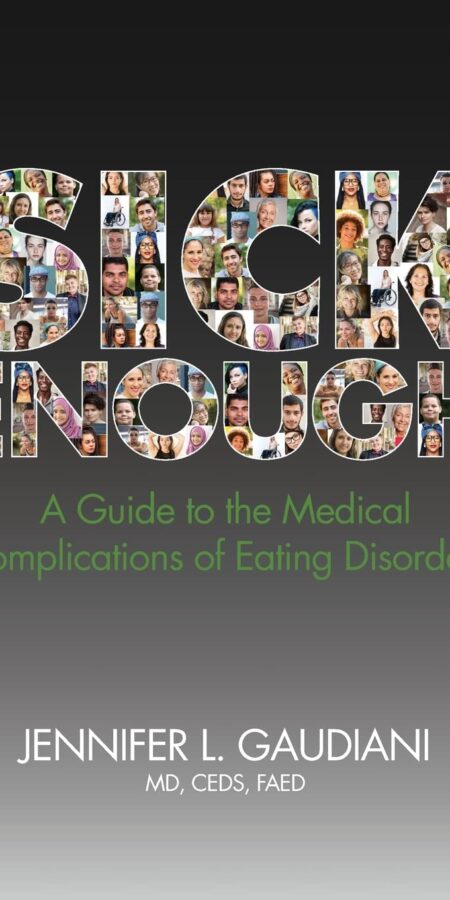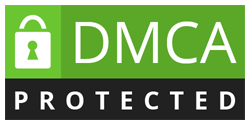
Practical Statistics for Data Scientists: 50+ Essential Concepts Using R and Python
| Book - Pages | 368 |
|---|---|
| Book - Language | |
| Book - Publisher | |
| Weight | 0.8 kg |
| Color |
$34
FREE SHIPPING
Above $100
SUPPORT 24/7
Online 24 hours
LOWEST PRICE
Guaranteed
PAYMENT METHOD
Secure payment
This book is aimed at the data scientist with some familiarity with the R and/or Python programming languages, and with some prior (perhaps spotty or ephemeral) exposure to statistics. Two of the authors came to the world of data science from the world of statistics, and have some appreciation of the contribution that statistics can make to the art of data science. At the same time, we are well aware of the limitations of traditional statistics instruction: statistics as a discipline is a century and a half old, and most statistics textbooks and courses are laden with the momentum and inertia of an ocean liner. All the methods in this book have some connection—historical or methodological—to the discipline of statistics. Methods that evolved mainly out of computer science, such as neural nets, are not included.
Statistical methods are a key part of data science, yet few data scientists have formal statistical training. Courses and books on basic statistics rarely cover the topic from a data science perspective. The second edition of this popular guide adds comprehensive examples in Python, provides practical guidance on applying statistical methods to data science, tells you how to avoid their misuse, and gives you advice on what’s important and what’s not.
Many data science resources incorporate statistical methods but lack a deeper statistical perspective. If you’re familiar with the R or Python programming languages and have some exposure to statistics, this quick reference bridges the gap in an accessible, readable format.
With this book, you’ll learn:
- Why exploratory data analysis is a key preliminary step in data science
- How random sampling can reduce bias and yield a higher-quality dataset, even with big data
- How the principles of experimental design yield definitive answers to questions
- How to use regression to estimate outcomes and detect anomalies
- Key classification techniques for predicting which categories a record belongs to
- Statistical machine learning methods that “learn” from data
- Unsupervised learning methods for extracting meaning from unlabeled data.
| Book - Pages | 368 |
|---|---|
| Book - Language | |
| Book - Publisher | |
| Weight | 0.8 kg |
| Color |
You may like:
-
Books
The Complete Adult Psychotherapy Treatment Planner (PracticePlanners)
Rated 0 out of 5$39 Add to cart -
Books
Sick Enough: A Guide to the Medical Complications of Eating Disorders
Rated 0 out of 5$11 Add to cart -
Books
FYI: For Your Improvement – Competencies Development Guide, 6th Edition
Rated 0 out of 5$45 Add to cart










Reviews
There are no reviews yet.